
Climate change is one of the most pressing and complex problems we are facing that need creative solutions. With different applications, there must be different strategies. There are those that argue for electrification as the best solution for clean energy. Unfortunately, this may only work for big companies that can afford the extra expense. Homeowners, on the other hand, may not be able to afford the cost of energy conversion. In New Jersey, residents who rely on gas, propane, and oil may not consider electrification as the most feasible choice. Learn more about the hidden costs associated with electrification and whether or not it is a good option for your needs.
What You Need To Know About The Hidden Costs Of Electrification
Let’s take a look at the upfront costs you can expect should you decide to convert to electricity.
Switching To Electrical Heat Pumps
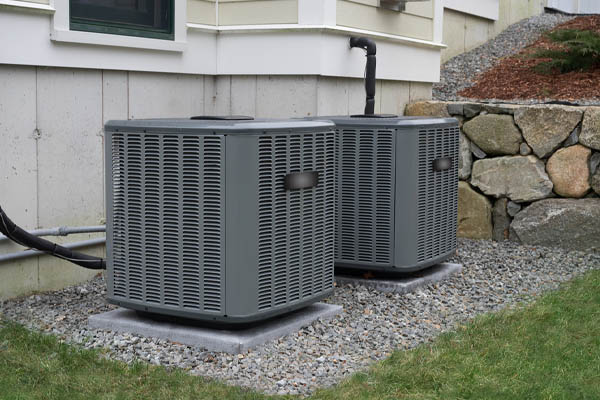
Many homeowners prefer to use heat pumps because they have high-efficiency ratings. They also tend to be useful for all seasons. However, there are certain limitations that are associated with heat pumps. At low temperatures, heat pumps do not perform as well and may create an uncomfortable indoor environment. For New Jersey residents, this can be a major concern because of low temperatures during the winter months.1 As a result, homes in NJ require a heating system that can combat the frigid weather.
There are also certain types of heat pumps that require a network of HVAC ducts. This can be a costly inconvenience, thanks to the higher cost of installation, along with the time that the project will require for completion. In New Jersey, there is a number of older homes that do not have ductwork. For these homes to accommodate a ducted system, they will have to be retrofitted. This requires plenty of work since walls and ceilings have to be taken apart and rebuilt, costing the homeowner about $6,800 to as much as $12,400.2
And then there is the electrical system. Older houses often do not have the kind of system that can accommodate heat pump power requirements. To increase the home’s electrical capacity, it has to be upgraded. The cost of this upgrade can range from $4,000 to around $7,000.3 These figures simply do not help the argument for electrification.
For those who are still interested in converting their current system to a heat pump, Point Bay Fuel specializes in heat pump services. Be sure to click the button below to learn more.
Using Electric Water Heaters in Place of Fuel-Based Water Heaters
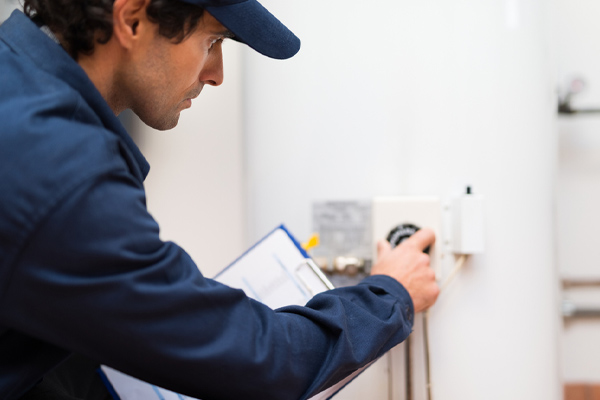
Water heaters are a necessity in every home. With warm or hot water on tap, certain chores are simply easier, including bathing, cleaning, and cooking. The type of fuel that home heating systems use is generally the same type also used for many types of water heaters. Because they cost less, many households rely on heating oil, propane, or gas water heating systems.
If you are thinking of complete electrification, you will have to install an electric-powered water heater. The expected cost for this project is around $4,000 to pay for materials and labor.4 If you happen to have a large home, you may require several water heater units, which means you will have to pay more for materials and installation costs.
And then there is the issue of existing water heater/s. If it happens to be installed in an area that the technician will find difficult to reach, expect to spend more on labor. Most contractors may charge up to $500 to do the job. Since you will be buying a new unit, you may have to pay for an extended warranty as protection. Add up the cost of permits, electrical work, carpentry, and expansion tanks and you might have to pay $3,000 more. Finally, there’s the cosmetic repair to be done in case some parts of your home have to be removed or destroyed in the process of installation. This can include retiling of your bathroom and drywall repairs.
Switching to an Electric-Powered Stove
Electric stoves require 240V of power while gas stoves only use 120V. To make the safe transition to electrification, you will have to hire an electrician for the job. The electrician will install a receptacle close to the stove that is compatible with its voltage requirement, then connect new wires to the receptacle from the nearby circuit breaker. You likely will pay at least $400 for this job, depending on the configuration of your kitchen.5
On the one hand, electric stoves allow you to have precise control of the temperature and they are easy to clean. However, gas stoves heat up food faster and are more durable. If you happen to live in an area that experiences frequent power outages, then electrification may not be the best option. However, if you have made up your mind about converting, then make sure you have access to alternative cooking solutions in case of emergencies.
Getting the Charging Station Set Up for Your Electric Car
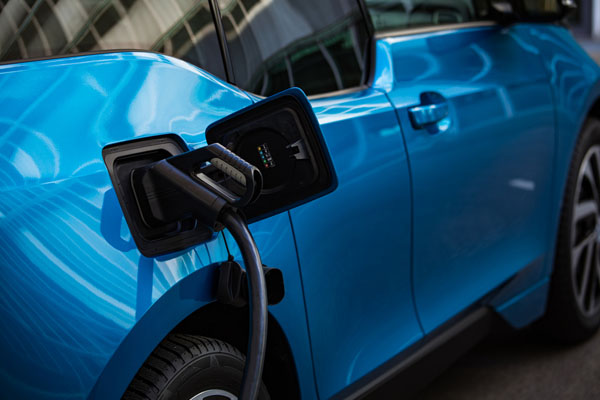
Once you purchase an electric vehicle, you will have to make several changes to your electrification system. To ensure that your electric car is ready at any time, it has to be charged regularly. This requirement is best accommodated by setting up your own EV charging station. An electrician will charge an average of $750 for the job, depending on the type of the unit and the complexity of the setup.
Level 1 or basic chargers are the most affordable. However, they are also slow. Most of these chargers can be plugged directly into any standard socket running on 120V. Level 2 or advanced charging stations cost more to buy and install but they will charge up the vehicle more quickly. Expect to pay just under $2,000 for this type of installation.6 Finally, there is the cost of charging the car. If you use it regularly or on a daily basis, you might have to charge your EV every night. The cost will depend largely on how many miles you have traveled that day.
Switching to Electric Dryers
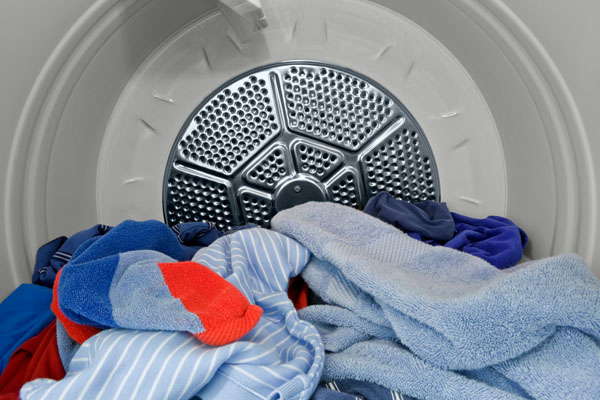
Electric dryers and gas dryers work by generating heat to dry clothes. If you want to use an article of clothing immediately after laundry, a dryer is the better option compared to air drying. Gas dryers do not use as much energy as electric dryers, which is why many people prefer them.7 Bob Vila states that on average, gas dryers cost only 15 to 25 cents a load. Electric dryers, on the other hand, will cost around 30 to 40 cents for each load.8 For long-term savings, gas-powered dryers are still the way to go.
If you still want to switch to an electric dryer, of course, you will have to buy a new unit. Electric dryers have a power supply requirement of 240V, which means you will need an electrician to install a compatible socket in your laundry area. Your electrician will likely charge from $250-$1,000 for the job. If you have a smaller electric dryer, it will probably only require a standard low-voltage socket but with the limited power capacity, you may not expect the same performance.
Getting Gas Disconnected
Once you switch to an electric-powered dryer, then your gas supply has to be disconnected. A contractor can do this for you. They will identify the location of the shutoff valve that connects to the gas pipe that runs through a wall. The valve has to be turned off to stop gas from flowing so that the tubing can be disconnected. The contractor will then cover the valve to protect it from dirt.
If you do not have a compatible outlet, an electrician can help you with this issue. This is a fairly easy project for your electrician and you can expect to pay around $350 for it. However, the length of time it will take for the job to be completed will depend on certain factors. If you have a drywall that is in the way, for example, could slow down the job. As a result, you could pay upwards of $1,000 for installation and subsequent repairs.9 Your home might also require a breaker panel that has a higher capacity, which will add to your cost. If you want to know how much to expect for this project, make sure to ask your electrician for a quote before agreeing to any project.
Electrical Service Upgrade
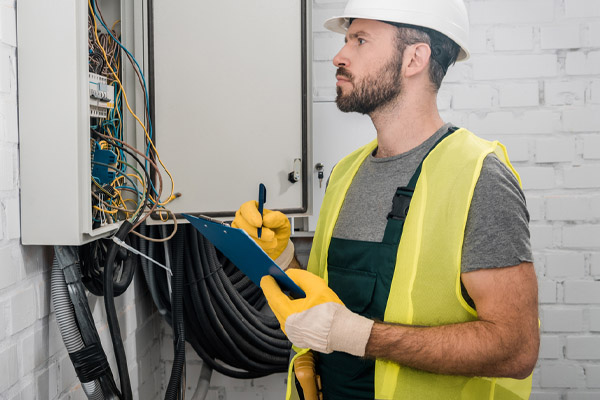
Older homes in New Jersey usually have a 100 amperes electric service rating. This should be sufficient for most appliances but if you will switch to an all-electric home, you will have to upgrade your system to 200 amperes. At this rate, you can run multiple appliances simultaneously without worries.
For the installation and the box, you are looking at spending around $750-$2,000. The cost can go higher if the project requires a new circuit breaker, wiring, and permit. If you have the skills and knowledge to do the job, you could save a lot if you could do it yourself. Or, you could simply look for an electrician who charges a lower hourly rate. However,r if a major overhaul is required for your electrical wiring, expect the cost to go as high as $4,500.10
The Master Energy Plan: Obstacles & Consequences
With environmental awareness at the top of everyone’s minds, more and more people are looking for ways to utilize clean energy. Like many states in the U.S., New Jersey is pushing for this option as well. By 2050, the New Jersey Energy Master Plan is aiming to achieve 100% clean energy. Although there is full support from the residential energy industry, the plan has limitations and consequences that should not be ignored. New Jersey’s families must know what they can expect if the Energy Master Plan is implemented, especially since it will also impact many aspects of their lives, including their finances.
Why You Should Take Action Today
It’s time that your opinion is counted. Let your local senator know what your concerns are and what they can do about it. Click the button below.
1. Significant Upfront Costs That Are Unnecessary
When you switch from gas power to electric power for your heating and cooling, know that it is going to be an expensive step. However, there is more than just the price of the appliances and equipment – there are also hidden costs. When you add all of these up, the figure can be staggering. By their estimate, NJ contractors believe that the cost of converting to a heat pump is a minimum of $20,000 for the entire house. Once you decide on the electrification of water heaters, dryers, cooking stoves, and other major appliances, the cost can climb even higher. Most households simply cannot afford this upfront cost and those that can will likely still look for better and cheaper ways.
2. Unmanageable Expenses
Gas- and oil-powered appliances are more financially sensible in that these types of fuel are cheaper compared to electricity, based on the current consumption rates in the state. Once households begin shifting towards electrification, the demand for power will push the costs higher. This likely will be a major issue during winter when every household will need to use their heat pumps 24/7. A better option would be to have multiple low-carbon solutions aside from electrification. This will also help ensure that prices are regulated and that clean energy is made available to more homeowners.
3. Strain On The Electric Grid
Heat pumps are built efficiently but they do require a lot of power to run. When electric heat pumps are the sole heat source in winter, the spike in demand will strain the power grid.11 To ensure that the grid is ready, major infrastructure upgrades are required, which will, in turn, require enormous investments. However, even with upgrades, heat pumps may not generate enough heat during extremely low temperatures. This is why there is a need for other types of heating options to be made available.
We certainly do not want the power outage that occurred in Texas in early 2021. This happened mainly due to increased power demands that resulted in rolling blackouts. During the 2021 winter storm, Texas counted 111 fatalities.12
4. Missed Opportunities
According to SmartHeatNJ.com, the U.S. Energy Information Administration (EIA) claimed that about 13% of American households use electricity to meet their heating needs.13 At 75%, natural gas is still the popular choice, with petroleum products at 10%. These numbers suggest that New Jersey’s plan to achieve complete electrification in less than 30 years is going to require plenty of work. The switch may even be unnecessary, thanks to the availability of zero-carbon and low-carbon options such as Bioheat fuel and renewable natural gas. These options also have lower emissions and do not require costly conversion of equipment.
Conclusion
If we must make the switch to a sustainable future, then we must navigate the issue very carefully. Many solutions seem obvious initially but they may be problematic over the long term. The NJ Energy Master Plan requires a costly transition from gas to electric for heat pumps – something that many families are not likely to afford. There is also the issue of the cost of energy consumption which could prove difficult to afford for households that are struggling financially. It’s about time we find ways to explore other options to give people better and more viable means to enjoy clean energy.
1. Weather in New Jersey: Climate, Seasons, and Average Monthly Temperature 
2. Comparative Energy Use of Residential Gas Furnaces and Electric Heat Pumps 
3. Op-Ed: The big and costly flaw in Gov. Murphy’s Energy Master Plan 
4. How Much Does Water Heater Replacement Cost? 
5. Should I Convert My Electric Stove to a Gas? 
6. How Much Does An Electric Car Charging Station Installation Cost? 
7. Can A Gas Dryer Be Converted To Electric? 
8. Choosing a New Appliance: Gas vs. Electric Dryers 
9. I Want to Replace Gas Clothes Dryer with an All-electric One. Who do I Contact about Disconnecting Gas? 
10. How Much Does it Cost to Upgrade to a 200 AMP Service? 
11. Why does the electricity grid have to stay in balance? 
12. Texas Tribune: At Least 111 People Died In Texas During Winter Storm, Most From Hypothermia 
13. Inside the Energy Master Plan 
The post The Hidden Costs Of Electrification – Things You Need To Know! appeared first on Point Bay Fuel.
No comments:
Post a Comment